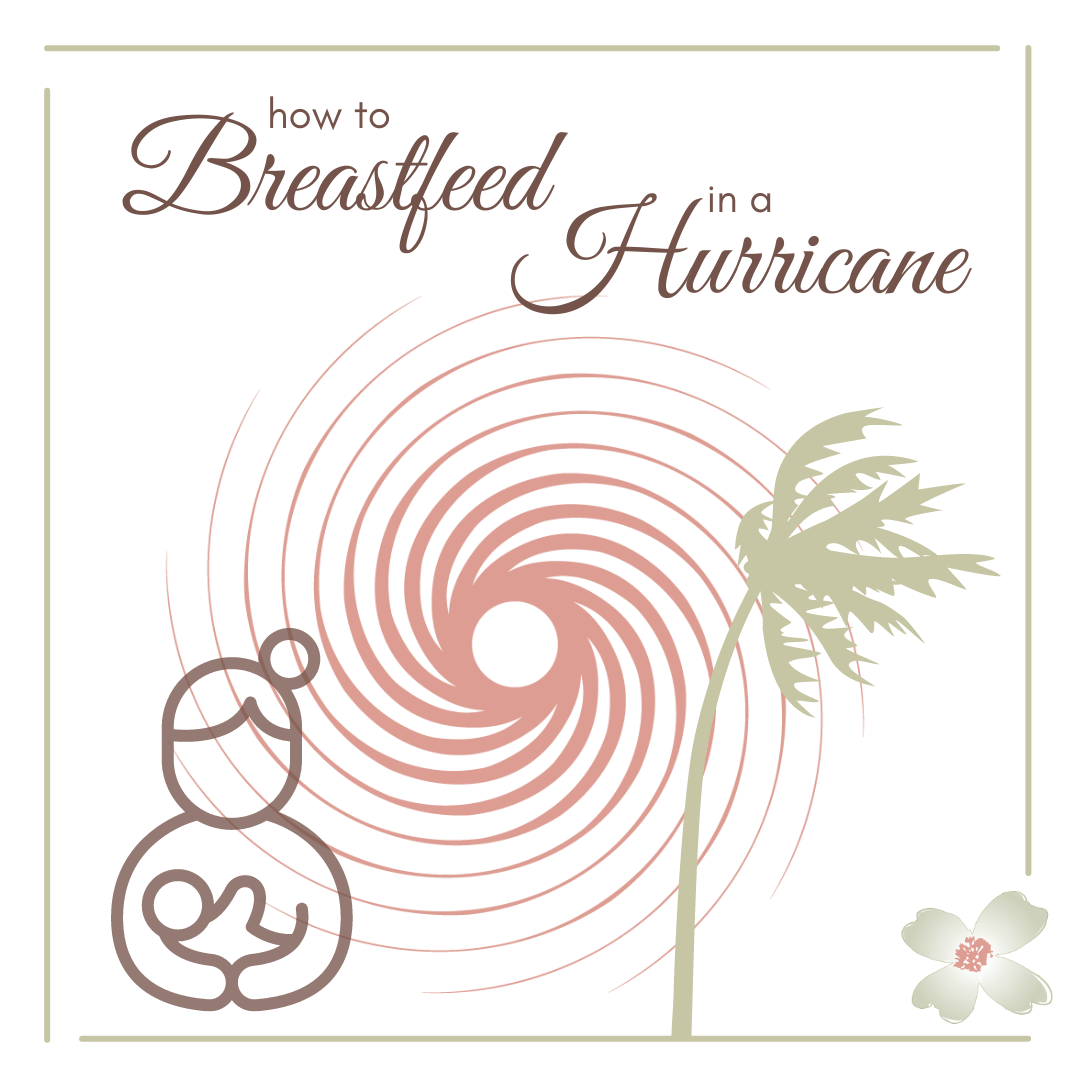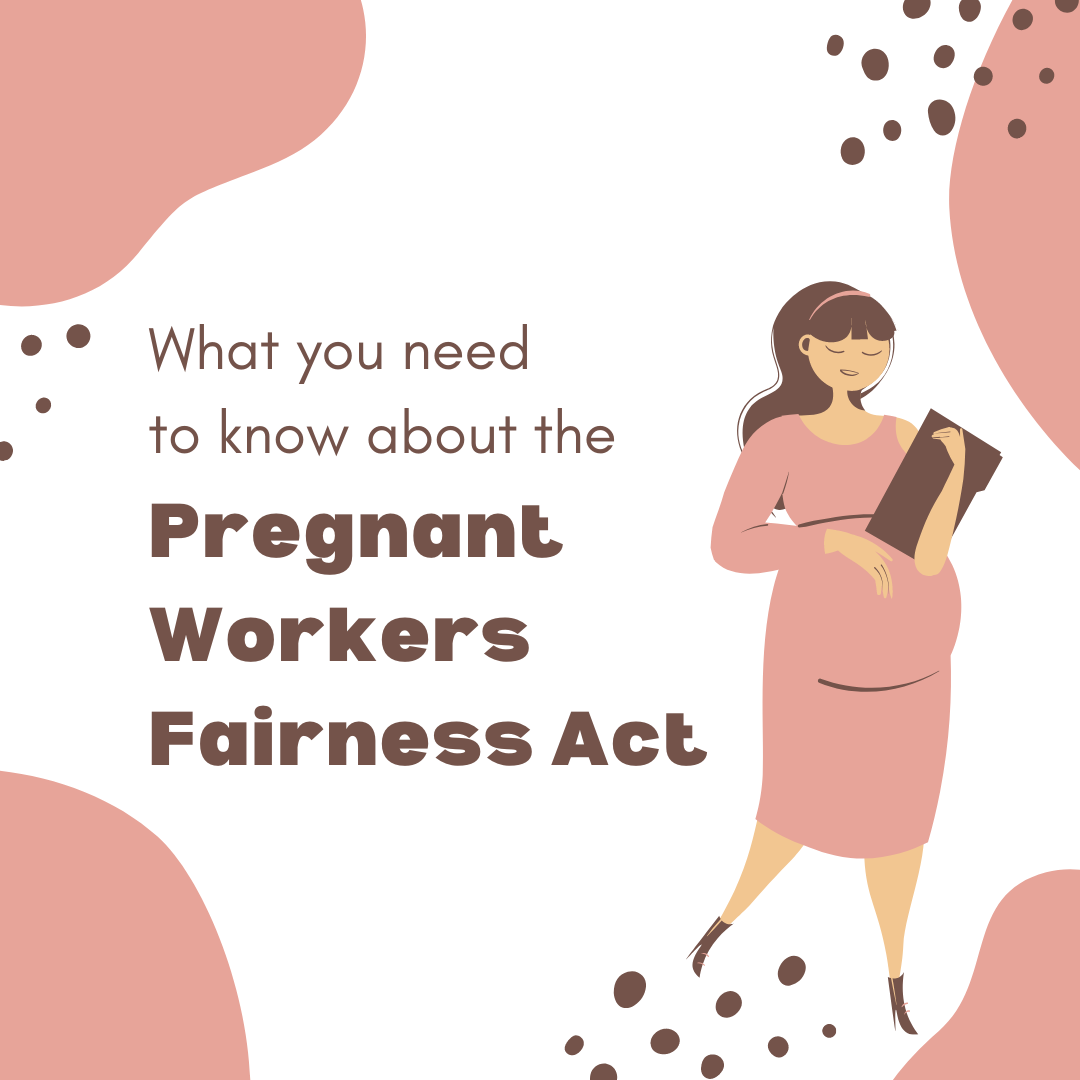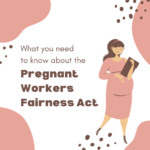You’ve weathered large storms in the past, maybe even a hurricane, but now you have new baby in the mix. Hurricane preparedness for parents of infants requires a few extra steps. Breastfeeding is the safest method for feeding your baby if you experience power outages, as it doesn’t require refrigeration or clean water for rinsing bottles. Keep in mind these helpful tips:
- Make sure milk is readily available, perfect temperature, and safe.
- Breast pumps cannot be cleaned without clean water and milk cannot be stored without refrigeration.
- Hydrate and eat often and get plenty of rest. Drink plenty of beverages that do not contain alcohol or caffeine.
Pumping
Attempt to feed and express milk at the same rate as before the emergency. Skipping sessions can reduce your supply. That is why it is good to keep pumping, even if you don’t have a way to store the milk.
If you need to use a pump while the power is out, consider using a battery adapter, a manual hand pump or hand expression.
Whenever you have clean water, take advantage by safely washing your pump parts. If you do not have safe, clean water, hand express.
Using Formula
If you are unable to breastfeed, have a supply of single-serving ready-to-feed formula. This does not need mixing and you should not add any water to it. Put the needed amount into a bottle or cup. (Even tiny babies can use a cup.) Find more about cup feeding here: youtube.com/watch?v=OkhSJ16FHfY
After opening, ready-to-eat formula must be refrigerated. If using ready-to-feed formula is not possible, it is best to use bottled water to prepare powdered or concentrated formula. If bottled water is not available, boil water for 1 minute and let it cool before mixing with formula. Do not prepare powered formula using water treated with iodine or chlorine tablets.
According to the CDC, throw out bottle nipples or pacifiers that have been in contact with floodwater.
Freezing Milk
Your goal is to prevent your milk from thawing completely.
Place your breastmilk in the center of the freezer (where the temperature is most stable) and place other frozen foods and or ice around the breastmilk. Fill your freezer as full as possible. A full freezer stays frozen for much longer than a partially full one (sometimes by up to a day).
Do not open the freezer door! A full freezer could keep milk frozen for 24-48 hours without power. If some of the milk defrosts (becomes slushy or has ice crystals) it can be refrozen. If milk totally defrosts, experts recommend using it within 24 hours. Immediately feed what you can to your baby.
Packing Frozen Milk for Evacuation
La Leche League USA outlines a method of using newspaper to pack your cooler.
- Line the bottom of the cooler with newspaper.
- Place your milk bags in the cooler and pack it tightly, filling any extra space with ice and more crumpled newspaper.
- Place another layer of newspaper on top of the milk.
- Place frozen gel packs or ice blocks on top of the newspaper.
- Keep the cooler closed until you reach your destination’s freezer.
Sources: FEMA, La Leche League USA, Healthy Start, March of Dimes, The Pump Station, Global Health Media Project







